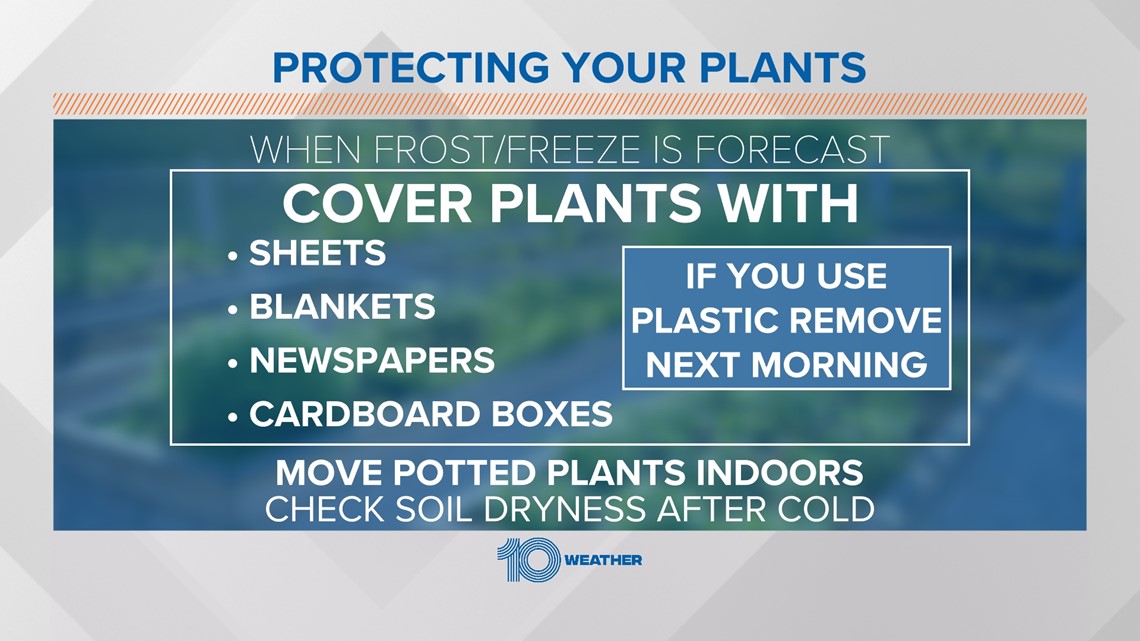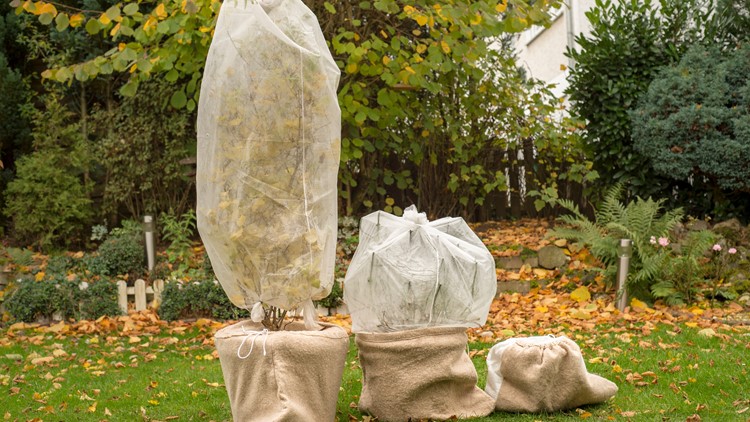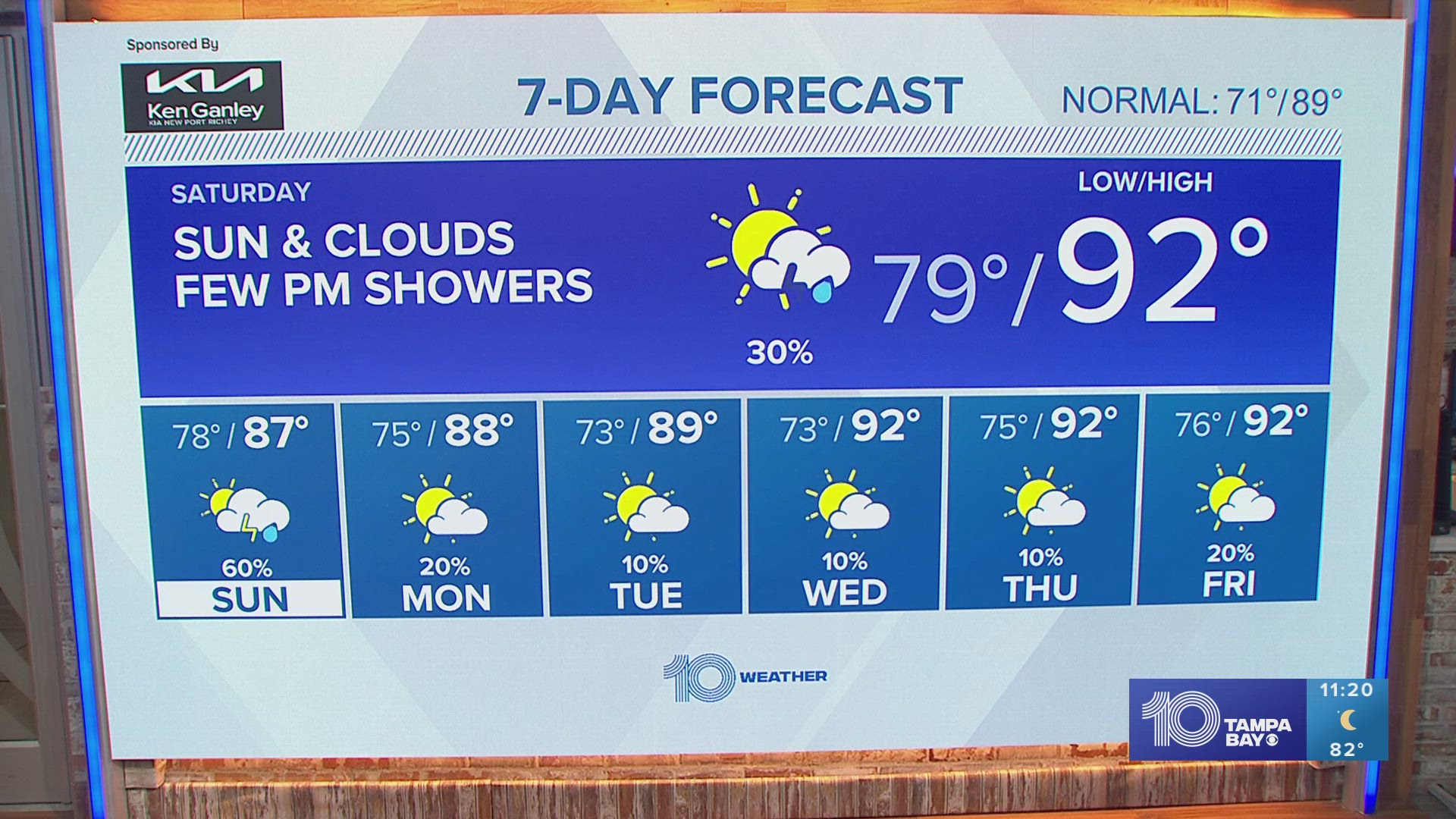TAMPA, Fla. — It's the end of January, which means we're almost halfway through the winter season. That said, March 20 is still quite a distance away and the temperatures we see around Tampa Bay can likely dip into the 50s, 40s and even 30s until then.
But how cold is too cold for your plants? There's no quick answer to this question, which is why there are different hardiness ratings supplied by the USDA. In the diagram, areas with a lower hardiness rating are correlated with a greater chance of survival in cold weather. The map key itself indicates the lowest average winter temperature for those plants to thrive.


So if you have a green thumb and want to make sure the plants you nurture keep growing through the cold, here are some tips:
First, if you have the space, move those potted plants indoors. This is especially important once the sun sets and those nighttime temperatures roll down below 50 degrees Fahrenheit. Doing so will protect them from damage against the chill.
Second, take a look around your house for some DIY coverings. This means sheets, blankets, newspapers, and cardboard boxes. Covering your plants will give them the warmth they need. Cold temperatures can freeze plant cells, which could block the flow of nutrients and water.
For extra protection, you can put plastic over the coverings to seal the warmth in; just make sure to remove that plastic in the morning so that condensation doesn't build up and freeze again under the covering. Make sure when you're watering your plant that you avoid getting the leaves or stems wet. Doing so could speed the process of them becoming brittle and freezing over.
And lastly, check your soil after the cold dissipates. To make sure it's not dry, you can take a quick glance at the surface of your pot. If there's moisture, you should be able to see a dark brown coloration. If you want to check to be sure, you can stick your finger about two to three inches into the soil to determine the soil moisture content. You can also buy a moisture meter for about $10. This will give you the most accurate measurement.
Watering the soil will help it retain heat. However, you should also consider whether your plants need to be kept moist. Drought-tolerant species like cacti or succulents shouldn't be overwatered.
Depending on whether you make a new purchase or use the items already available in your household, your plants will appreciate you taking note of these tips. And remember, spring is just around the corner.



